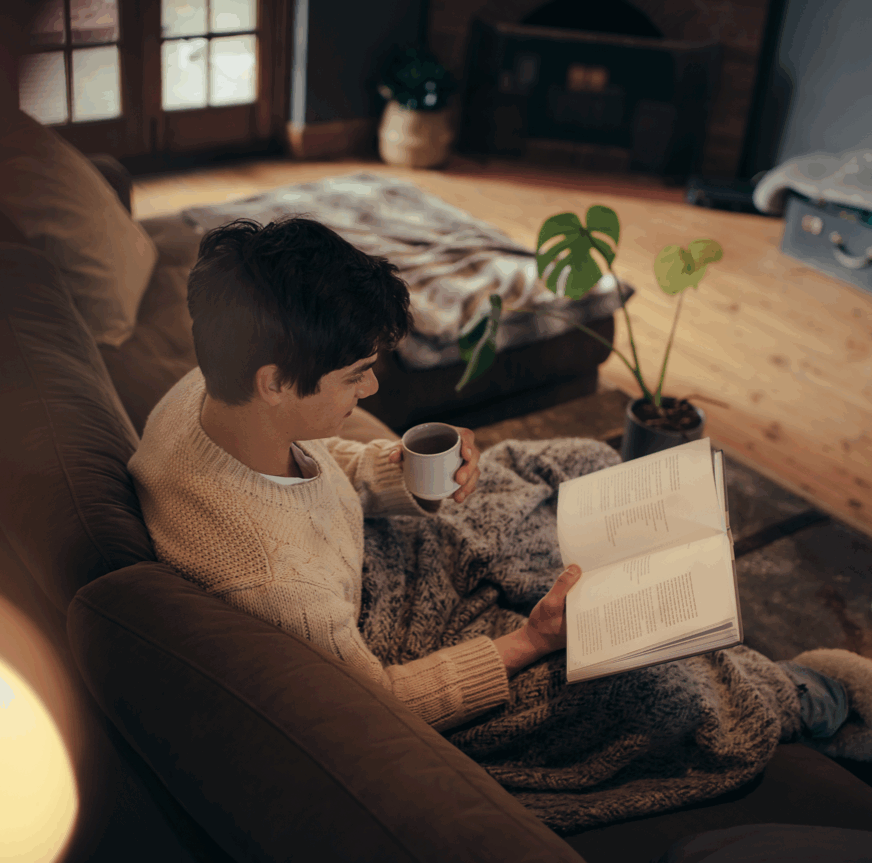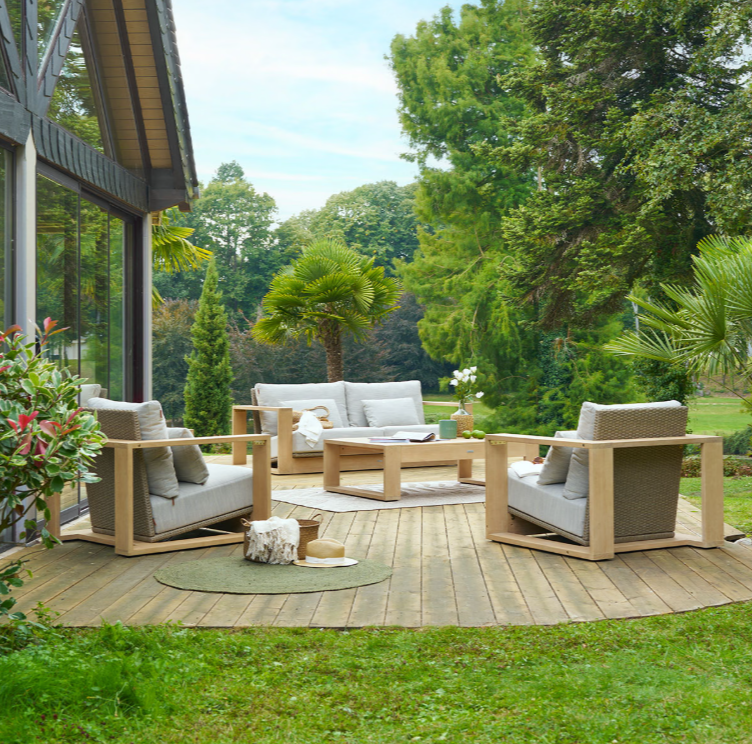Homes under pressure: how remote work is redefining our living spaces
Discover how remote work is reshaping our homes – from workspace design to the urban exodus and new living expectations.

The 2020 pandemic upended our lives in just a few weeks. And beyond the immediate health crisis, it triggered a lasting structural shift in the French workplace: remote work. By 2023, 26% of French employees were working from home, compared to only 7% in 2019. This quiet revolution is transforming our living spaces, redefining the way we design and use our homes.. This silent revolution is profoundly transforming our living spaces, redefining the codes of the habitat and the way we occupy our homes.
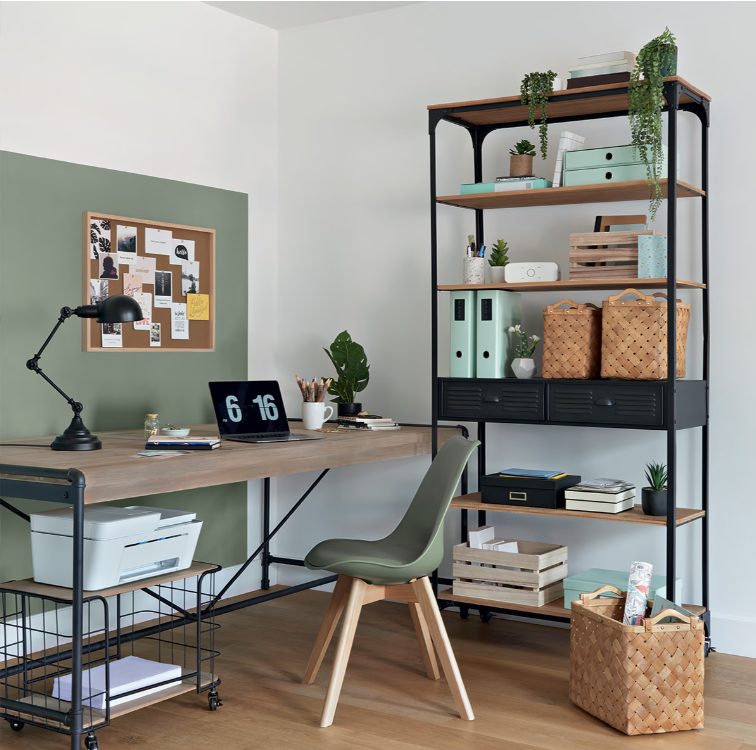
When home becomes office: the emergence of hybrid spaces
Traditionally, homes were designed around clearly defined functions: sleeping, eating, relaxing. Now, they must also accommodate work. This fundamental change is forcing people to rethink how every square meter is used, finding ways to carve out a workspace within the home. The growing demand for home offices reflects a collective realization: home is no longer just a refuge for after hours; it has become, for many, a workplace itself.
Setting up a home office comes with its own rules, which remote workers are gradually learning. Ergonomic principles, once limited to corporate offices, are now making their way into living rooms and bedrooms.
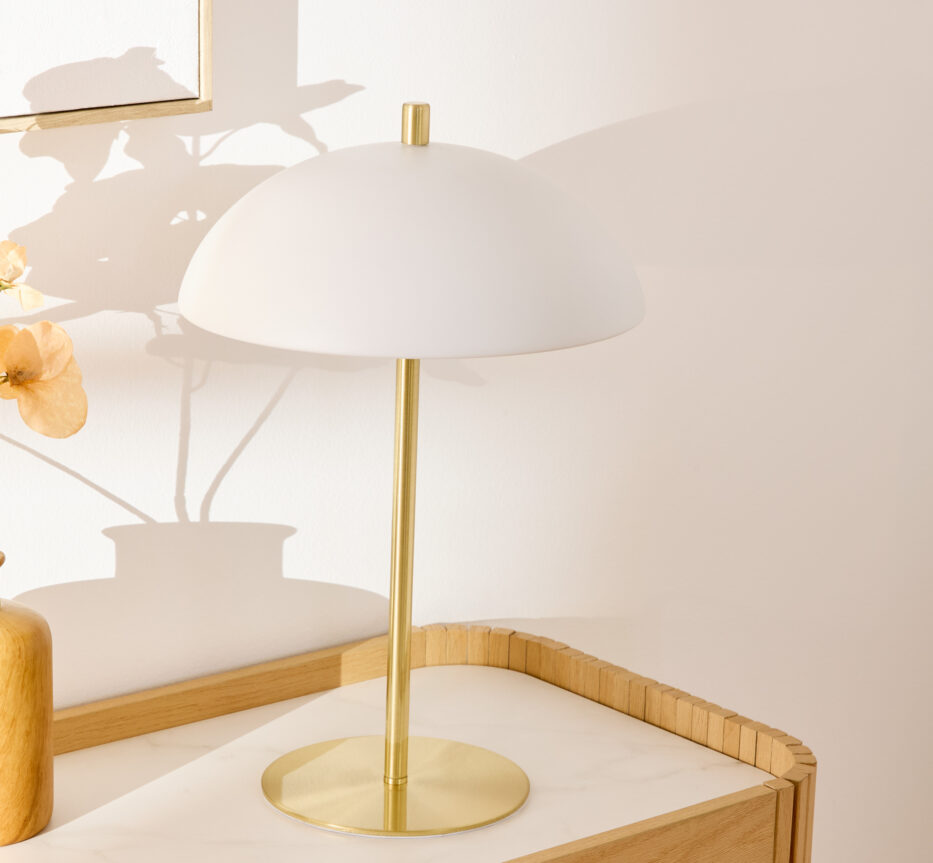
Technology as a driver of change
Home technology is evolving fast. Where internet speed was once a secondary concern in choosing a place to live, it’s now a deciding factor. Lighting is also getting more attention.
Remote workers are investing in fixtures designed specifically for home offices, informed by new research on how light affects productivity and well-being.
This wave of home technology comes with demand for invisible solutions. Cables, outlets, and technical equipment must blend seamlessly into living spaces that still need to feel like home.
Towards new housing models: the office house as standard
This relocation trend is directly influencing new building projects. Many developers now design homes with dedicated workspaces and outdoor areas as standard. There’s also a new focus on shared amenities – residential developments are starting to add coworking spaces, allowing people to work outside their flats while still staying close to home.
Public housing is following suit, with social landlords gradually updating renovation plans to include features that support remote work.
The impossible neutrality: how working from home redraws the boundaries between private and professional life
Remote work has blurred the lines between personal and professional life, creating new challenges in home design. How do you create focus in a space meant for relaxation? How do you preserve family routines when video calls fill the day – even after children are back from school?
Solutions are slowly emerging, driven by both user creativity and design innovation. Movable partitions are making a comeback, allowing spaces to adapt as needed. Furniture makers are introducing lines dedicated to remote work, including foldaway desks, bookshelf-room dividers, and versatile chairs suited to both work and downtime.
In 2023, 66% of homeowners carried out interior improvements. This figure shows just how widespread the transformation is. It’s no longer about small, occasional updates; people are reimagining their homes from the ground up – spending more time there, and wanting to feel good in their living spaces.
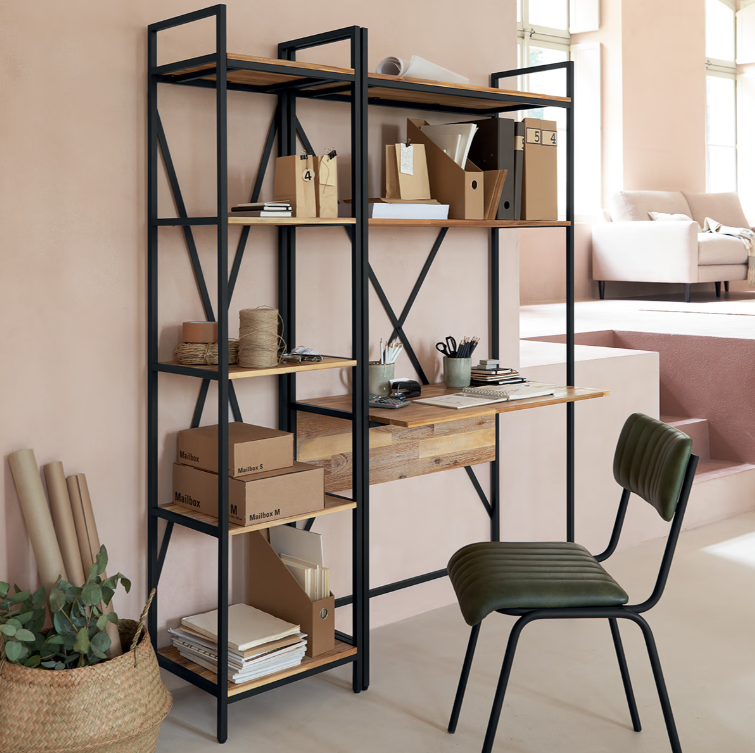
Urban exodus: how remote work is reshaping where we live
Remote work has freed many employees from strictly geographic job ties, leading to unprecedented shifts in where people live. City centres, once coveted for their proximity to jobs, are losing residents to areas offering more space for less—or the same—price. Between 2020 and 2023, 20% of remote workers in the Paris region moved out of the capital.
This migration is changing what buyers are looking for in their homes – in 2023, the most-used property search filters were “garden” (16.3%), “terrace” (14.8%), and “pool” (9%).

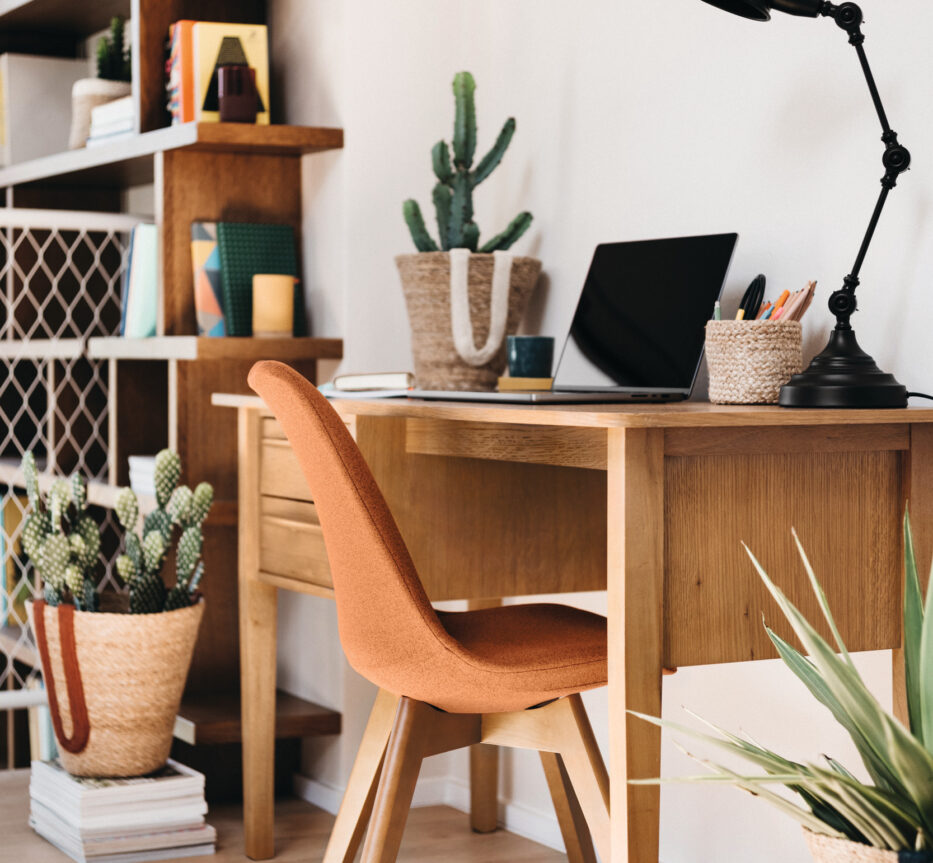
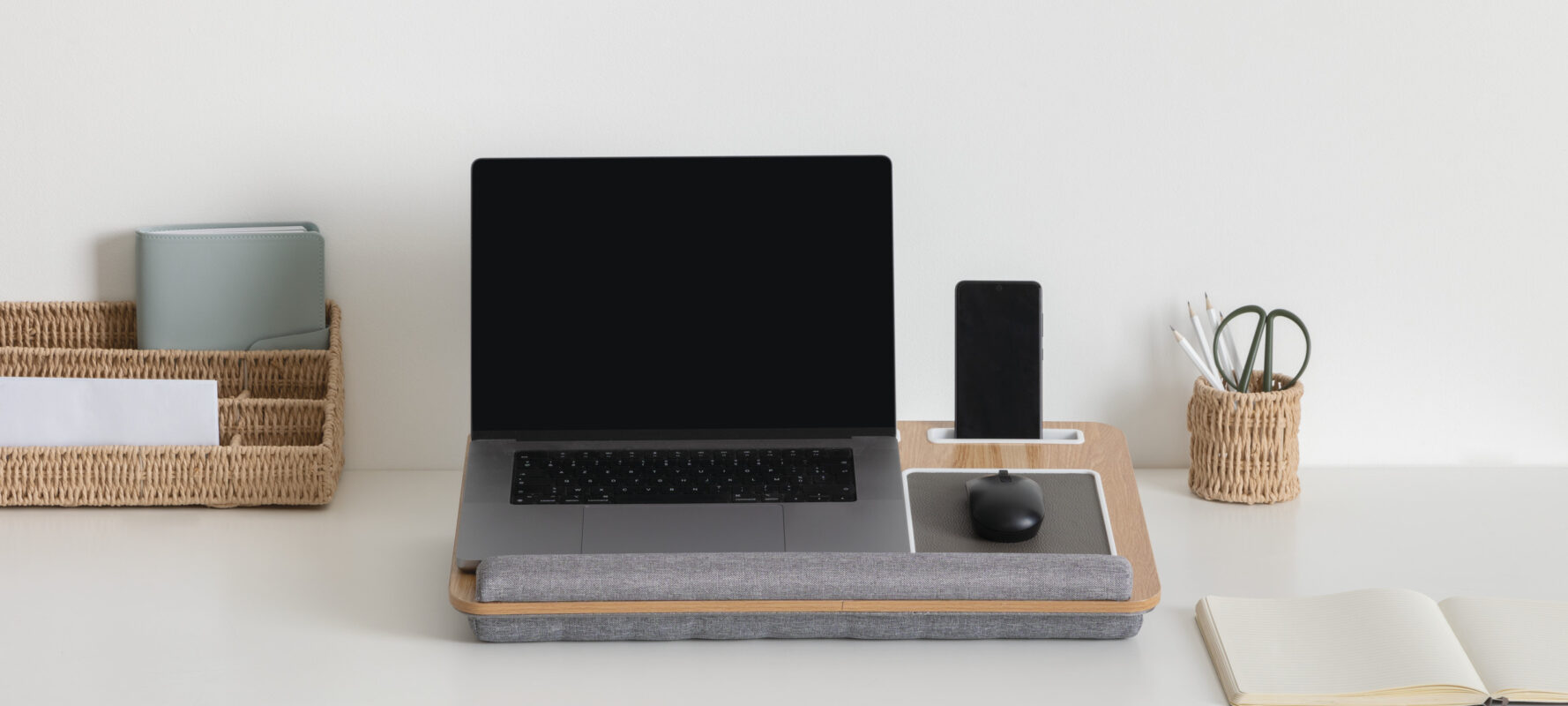
The emergence of professional Home Beauty
This transformation of the home has created new needs in decor and design; home workspaces must now balance efficiency with aesthetics. This dual focus has given rise to a new concept: Professional Home Beauty – creating home work environments that are beautiful, functional, and inspiring.
JJA’s Home Beauty philosophy is a response to this shift: a domestic workspace now has to combine practicality and style. This philosophy underpins new collections designed to adapt to new ways of living.
Colours, materials, and layouts take on greater importance when home doubles as a professional space. Neutral, calming tones help with concentration, while natural materials like linen and wood keep interiors warm and inviting.
Even video calls play a role: home office decor now takes into account what’s visible in the background on screen.
Challenges and prospects: when housing adapts to the future of work
The transformation of homes driven by remote work raises longer-term questions. While remote work is generally positive for overall energy use—largely thanks to fewer commutes—houses use more energy simply because people are there all day.
According to the French Environment and Energy Management Agency (ADEME), working from home increases an individual’s energy bill by about 8% on average. This rise is prompting people to invest in energy efficiency and rethink home insulation. Flexible heating and cooling systems are growing in popularity, where only the spaces in use need temperature control.
Remote work has revealed just how adaptable our living spaces can be. And the future of housing seems inseparable from these hybrid patterns of use – architects and urban planners are already imagining modular homes that can evolve with changing lifestyles. By transforming homes into multifunctional places, this quiet revolution is changing our relationship to where we live. The challenge is no longer just to create spaces that are attractive and functional, but to design environments ready to grow and change with us.
The JJA approach to housing transformation
In response to these changes, JJA has developed a Home Beauty philosophy that meets the new need for flexible, hybrid spaces. Our modular collections that make it easy to convert a living room into an office or a bedroom into a coworking nook – while maintaining a cohesive, beautiful home environment.

